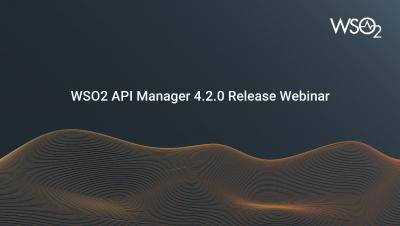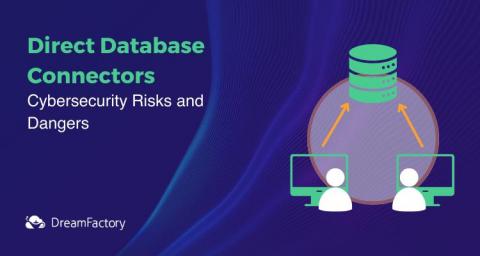Systems | Development | Analytics | API | Testing
API
Kong Konnect Boosts GraphQL Support, Secure Automation, Service Catalog, and API Analytics
At Kong, our mission is to deliver the best API lifecycle management experience for the cloud native era. Driven by our dedication to meeting the dynamic demands of modern end-to-end API management, we’ve introduced an array of new Kong Konnect features in April, enhancing functionality and elevating the user experience.
Unveiling Kong Ingress Controller in Kong Konnect: The Power of True Unified API Management
As we continue to push the boundaries of API management, we’re excited to announce the beta release of Kong Ingress Controller within Kong Konnect. Revealed at KubeCon + CloudNativeCon Europe 2023, this new integration turns Kong Konnect into the world’s first modern unified end-to-end API management platform.
Why Enterprises Are Adopting BDD & What It Means for QA Testing
Agile development methodologies are increasingly necessary to adapt to rapidly changing requirements, deliver value faster, and ensure a robust user experience. While many strategies address these challenges, behavior-driven development (BDD) is gaining particular attention for its unique ability to deliver on these goals through enhanced collaboration. In this article, we’ll look at BDD, why enterprises are adopting it, and what it means for QA testing teams.
Securing and Governing the Digital Double - Path to a Trusted Digital Ecosystem
Many of us now take our daily digital experiences for granted, whether it’s making a purchase, taking an exercise class, playing a game, or checking our bank accounts. Moreover, the lines between the physical and digital worlds have become increasingly blurred, and few people think twice about using mobile tickets to attend an event or checking a digital watch to track a workout. However, security has not kept pace with the demands of today’s digital ecosystems.
Kong Mesh & Kuma 2.2 Released with Global Rate Limiting, OpenTelemetry, and More
We’re excited to announce the release of Kong Mesh and Kuma 2.2. This new minor release adds some long-awaited enterprise features, more incremental improvements to our UI and policies, and many more minor features and bug fixes. In order to take advantage of the latest and greatest in service mesh, we strongly suggest upgrading to Kong Mesh 2.2. Upgrading is easy through kumactl or Helm.
Should You Automate It? Knowing When to Build Test Automation and When to Keep It Manual
Agile teams must adapt to changing requirements and continuously ship new features. But, while automated tests are faster, they take time to set up and still need ongoing maintenance. So, how do you decide when to invest time and energy in test automation and when to use manual tests? Striking the right balance is critical to success.
Cybersecurity Risks of Direct Database Connectors
Can Your Test Management Tool Support an Agile Transition?
Many organizations are experiencing a digital transformation to keep pace with the rapidly changing technology landscape and the increasing demand for faster time-to-market. By embracing Agile principles, like collaboration, iterative development, and continuous feedback, you can respond more quickly to changing requirements and market conditions. But these transitions don’t happen overnight.











